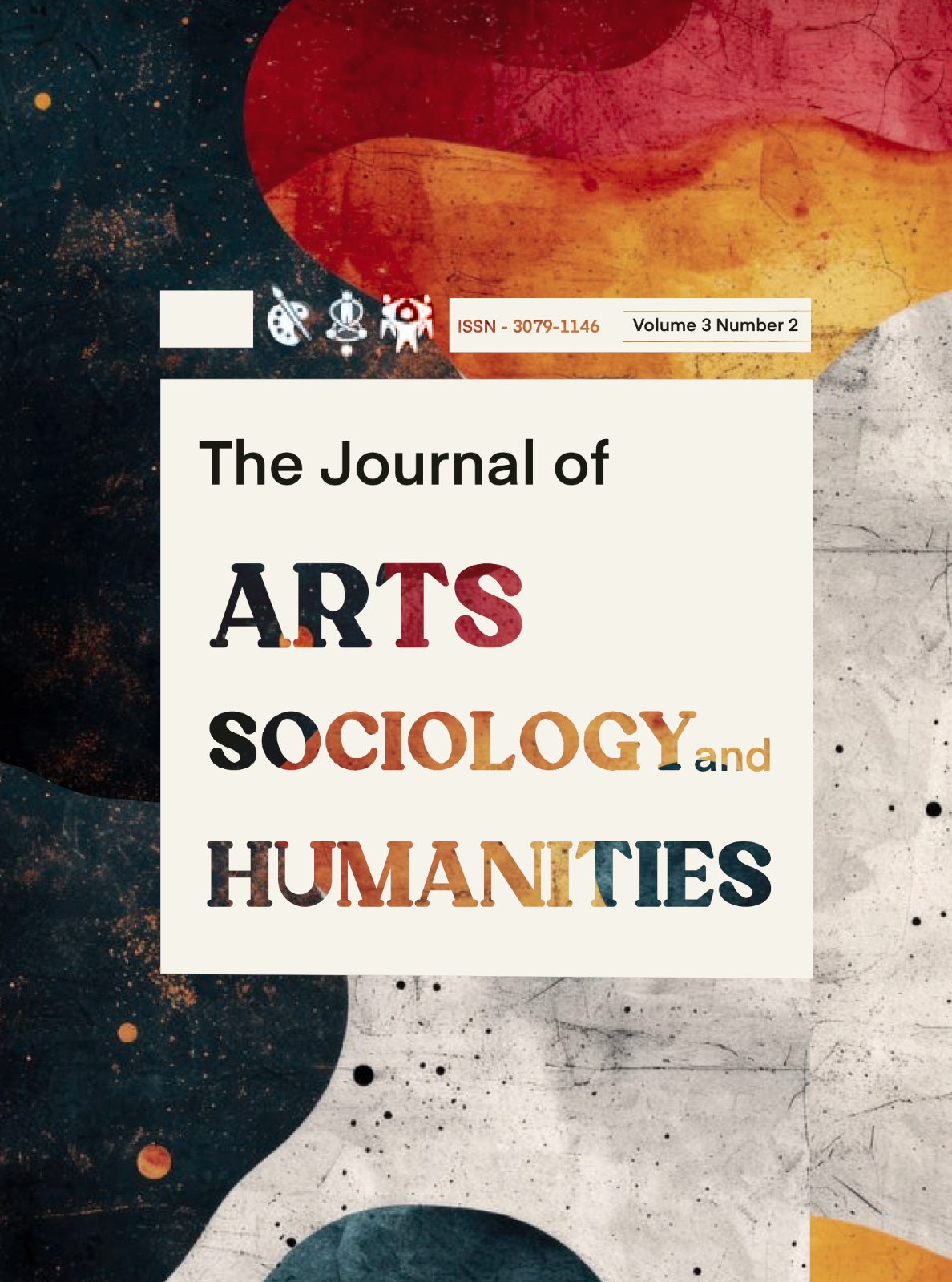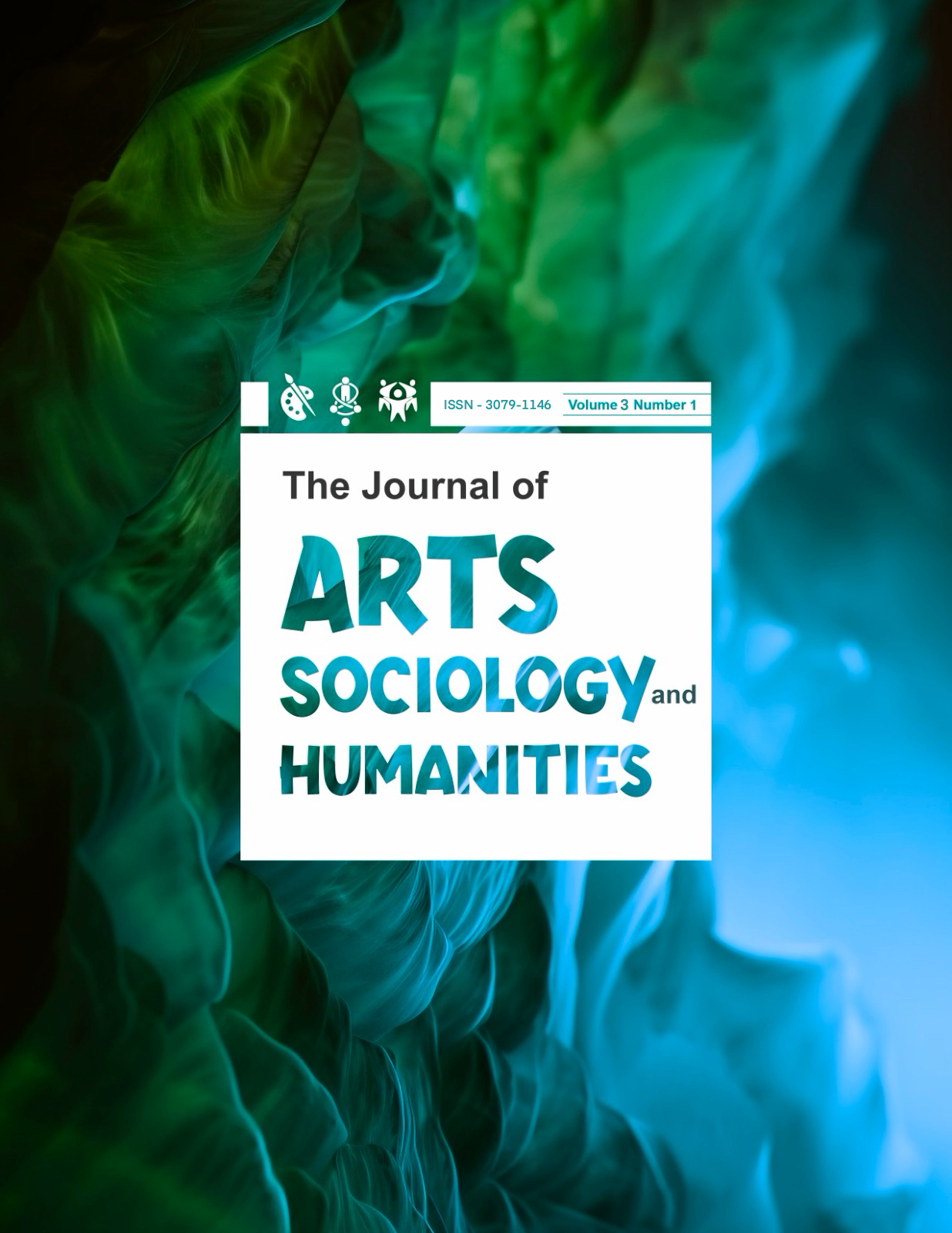Interior Design & Architecture of Religious Institutions with Pedagogical Influence
Abstract
This paper explores the concept of architectural space as a pedagogical force—a “third educator”—with specific focus on monotheistic religious buildings. It investigates how the design and atmosphere of synagogues, churches, and mosques communicate silently, influence behavior, and facilitate informal learning about faith, values, and community. The analysis draws upon a theoretical framework combining Otto Friedrich Bollnow’s phenomenology of space, Bernd Overwien’s concepts of informal learning, and Michel Foucault’s analysis of spatial power dynamics. By examining the symbolic, functional, and experiential elements of these sacred spaces—from their overarching forms to specific features such as the Bima, the altar, and the Mihrab—this paper argues that religious architecture exerts a profound and intentional pedagogical influence. The analysis concludes that this silent pedagogy is not a modern concept but rather a foundational principle in the design of spaces dedicated to spiritual formation and community life, suggesting that the conscious design of any learning environment must acknowledge this powerful, non-verbal educational force.
Keywords: Space as Third Educator, Religious Architecture, Pedagogy, Informal Learning, Architecture and Power, Symbolism, Synagogue, Church, Mosque
Downloads
Published
Issue
Section
License
Copyright (c) 2025 Mozaiyan Salim , Prof. Dr. Sandra Aßmann (Author)

This work is licensed under a Creative Commons Attribution 4.0 International License.






